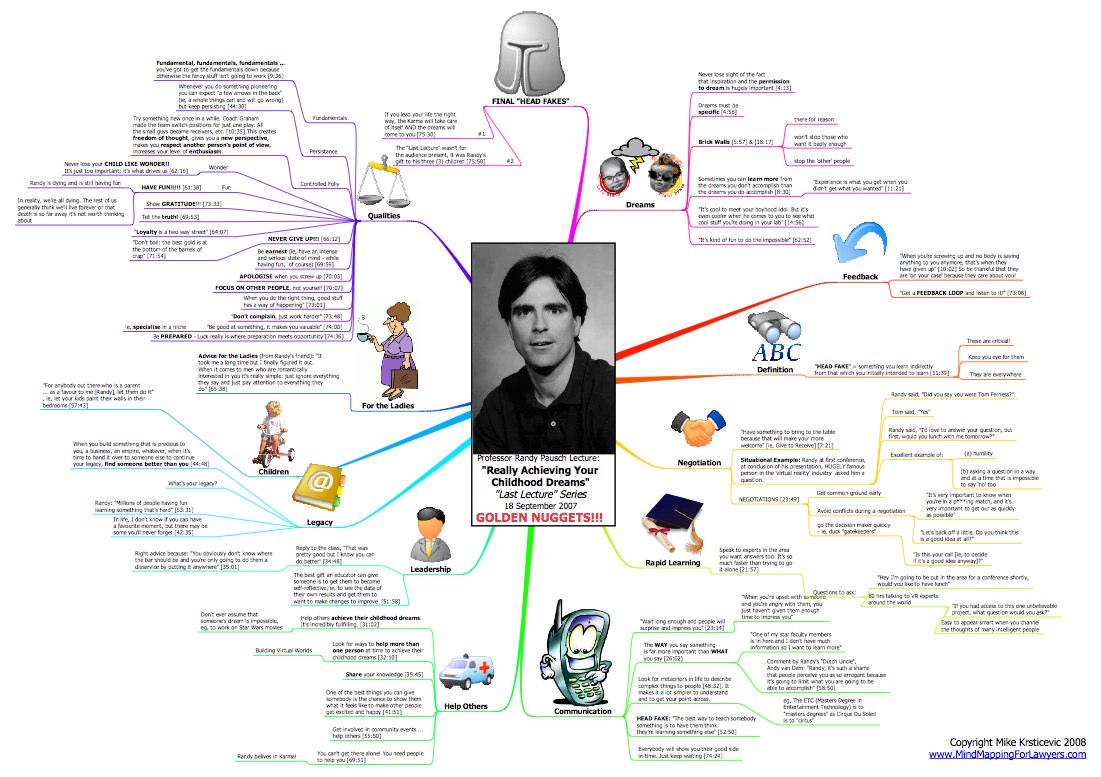How Does Diet Soda Cause Weight Gain? [infographic video]
Another great use of infographics, illustrations and visual examples used in a video to better communicate a message. How Does Diet Soda Cause Weight Gain? is a video from Wellness-Works.net. I wish they would credit the artist so we knew who made the video for them.
An informative, fun video about the importance of your food’s pH and its impact on your health.
 Randy
Randy
Since this video is 2 years old now, the Food Target mentioned at the end of the video is no longer freely available, although it looks like an interesting infographic in its own right. You can now buy them from Chris Johnson’s site.


















